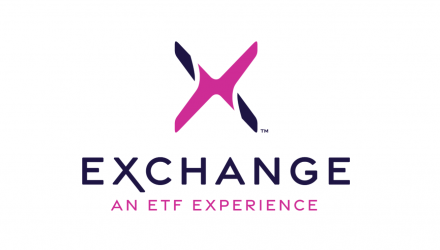For financial advisors — or any financial professional working with retail investors — there’s an art to how you engage with your clients. Prior to COVID-19, this often meant checking in once a quarter. But in an industry driven by customer service, that doesn’t always cut it.
What Newsletters Bring to the Table
Cue the newsletter. Even if you’re having client meetings once per quarter, creating a quarterly newsletter to supplement those meetings offers a big advantage: infrastructure.
“If you have a quarterly, monthly, or bi-weekly newsletter, you can use the infrastructure you have set up to send an ad hoc email to clients to check in about volatility and let them know you are available to talk,” says Sonya Dreizler, a consultant to Financial Advisors.
Newsletters can also help you remind clients why they work with you. Remember, your clients are often bombarded with daily headlines about the stock market online, on TV, and in the newspapers.
That noise can work against financial advisors when something big is happening. It can distract clients from long-term goals and detract from the personalized advice you offer.
As Dreizler points out, a newsletter blast during uncertainty can help you keep clients focused and remind them why they work with you.
Starting a Newsletter
We tapped veteran writer Sam Ro to help advisors who are considering client newsletters, but aren’t sure where to start or how to improve. Ro is the founder of TKer (pronounced “ticker”), an independent subscription newsletter, which he launched after writing email updates for industry powerhouses like Yahoo Finance, Business Insider, and Forbes.
We asked him to bring his years of experience to advisors via a Braindate at Exchange: An ETF Experience this April in Miami. In his session, you’ll discuss best practices and how to handle newsletters at your own firm. In the meantime, you may want to consider one of the best pieces of advice Ro has to offer: TKer.
“TKer is a newsletter highlighting data, news, and expert insights that inform the longer-term themes of the markets,” Ro says. “As far as the news is concerned it’s a little more curated… it’s for folks who have long-term investment horizons.” Sound familiar?
After years of writing daily headlines, Ro saw clear value cutting through the noise. By focusing on the long term, he created a newsletter that does what financial advisors do — it helps readers zoom out from the day-to-day to focus on the big picture.
If you’re not sure how to translate that context you offer in client meetings into a newsletter, TKer can offer a roadmap. The weekly cadence (Sundays) forces Ro to focus in on big picture ideas. When big stories happen, however, Ro sends an immediate email blast offering context.
While you might not want clients to focus on the kind of intraday volatility we saw in January, for instance, ignoring it doesn’t work. Instead, consider a short newsletter blast saying, “You may be hearing X, but remember Y.” This reminds clients of your value and helps head off any concerned phone calls.
Your Clients Are Your Inspiration
A lot of advisors put off starting a newsletter because they aren’t sure where to start or what to put in it. Ro’s Braindate at Exchange can help with that, but here is some food for thought to ponder until then.
“It’s not good enough to publish something just because you think it’s interesting, someone else has to think it’s interesting,” says Ro. That can be five other people, or better yet, 100. “If you’re having conversations with a client, and there’s a moment where you talk about 10 different things, and one thing keeps getting follow-up questions, then maybe that’s the thing that you end up writing about.”
Marketing consultant Johnny Sandquist echoes those sentiments. “Advisors on average meet with clients for just under nine hours a week. That’s nine hours a week where content ideas are being served to you on a platter,” he says. “Your clients are asking you questions all the time. They’re bringing their problems to you.”
Most companies pay tens of thousands of dollars for the kind of market research that’s offered to you in each client meeting. Some of these ideas will make good blogs or educational resources. But if you’re having a timely or seasonal conversation with multiple clients, that’s the perfect topic for your next newsletter.
For more advice and inspiration from the experts in this article, follow @SonyaDreizler, @SamRo, and @JohnEllert on #ETFintwit.
For more information, visit www.exchangeetf.com.
For more news, information, and strategy, visit ETF Trends.
